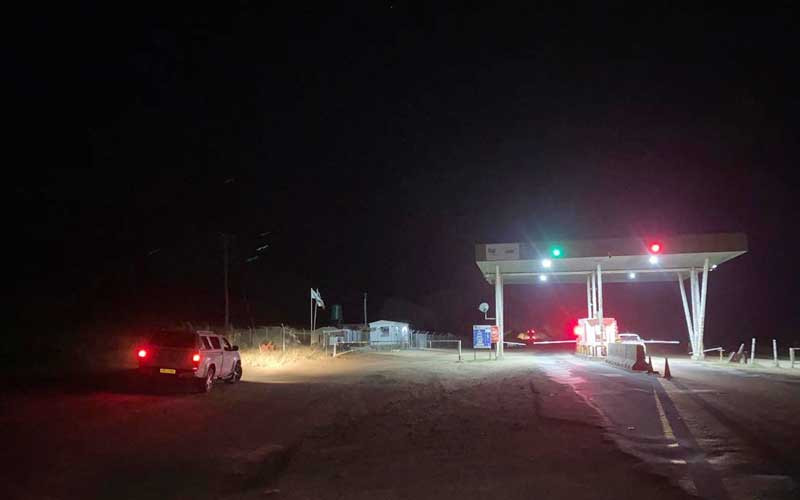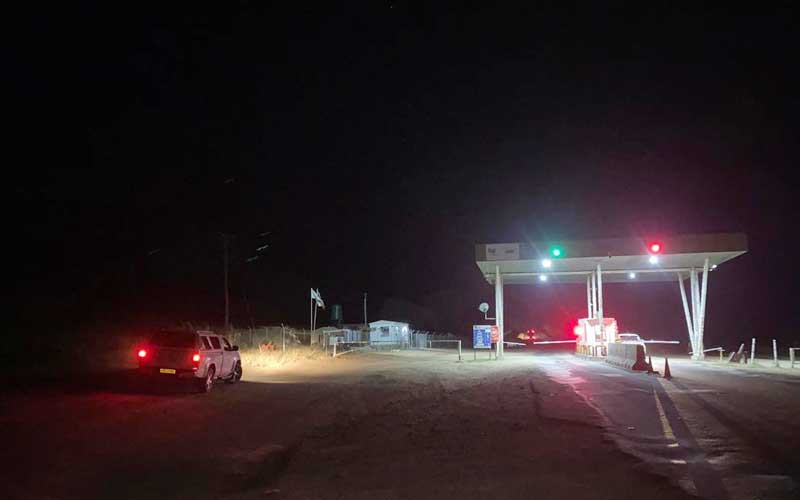
Zimbabwean consumers were yesterday left stranded after businesses suspended trading using the Zimbabwe dollar following the introduction of a new currency on Friday.
Reserve Bank of Zimbabwe (RBZ) governor John Mushayavanhu on Friday unveiled the new gold-backed currency known as the Zimbabwe Gold (ZiG).
The ZiG replaced the local unit that was re-introduced in 2019 after a decade of dollarisation.
The Zimbabwe dollar’s free-fall quickened in the past few weeks and this forced some businesses to stop accepting it in favour of the United States dollars.
The free-falling Zimbabwe dollar also pushed up inflation.
According to American economist Steve Hanke, Zimbabwe's inflation for the past five years stands at 1 521%, the highest in the world.
Yesterday, a number of businesses including banks issued notices suspending trade in the local currency, leaving customers stranded.

- RBZ blocks Harare US dollar charges
- Industry cries foul over new export surrender requirements
- One stitch in time saves nine
- Banks keep NPLs in safe territory
Keep Reading
Some banks said they were suspending transactions in local currency until tomorrow and many customers were caught unaware.
Disgruntled customers complained about the inconveniences they experienced following the unveiling of a new currency.
“I always buy groceries at Pick n Pay, but today I was disappointed when I was told the supermarket had suspended local currnecy transactions,” said Gracius Mashayamombe.
“Only US dollar transactions were being accepted, a horror movie for us local currency earning workers.”
Only commuter omnibus operators were accepting bond notes.
Most formal businesses were only accepting United States dollars.
One traveller from Bulawayo expressed disappointment after failing to pay for food at one of the capital’s food courts.
“As soon as the governor announced this new currency it became impossible for us to transact in local currnecy,” said Gilbert Shoko.
“I could not buy food because they said the banking system was down.
“I am disappointed by this new system. This could have been handled better,” he said.
Travellers across the country’s highways were stranded at tollgates as the Zimbabwe National Roads Authority was not accepting payment in local currency.

“We arrived at Chivi turn-off tollgate at around 8:30pm. Upon requesting to pay using local currency the tollgate officials notified us that they were not accepting the local currency,” said one bus driver.
“We asked to see the Zimra supervisor in charge only to be told that a message was forwarded to their WhatsApp groups instructing them to take US dollar payments only."
According to economists, the Zimbabwean dollar has lost almost 80% of its value against the US greenback over the past year.
On Friday, the local currency was trading at around US$1 to $38 000 on the black market.
As of last night, people were also failing to buy airtime, data or even requesting for bank balances.
Economist Gift Mugano said the changeover disruptions were bad for the economy.
“Basically, the banks have stopped the flow of blood in the economy. This is catastrophic,” Mugano said.
Mugano said this will fuel negativity against the new currency.
“However, I don’t blame the banks but the RBZ,” he said.
“They should just cut the zero on the existing RTGS and back it with the so-called reserves rather than giving everyone a headache on converting RTGS to ZiG, but still coming back to square one.”
Zimbabweans have been exposed to various currency experiments over the years including the 2009 adoption of the US dollar after hyperinflation decimated the value of the local currency.
The country once had bearer cheques as inflation ran riot.
A multi-currency system involving the US dollar and other major currencies was adopted in 2008 to end hyperinflation.
In 2016, authorities introduced the bond note claiming it had the same value as the US dollar.
In 2019 Zimbabwe again reintroduced the Zimbabwe dollar, also known as the real time gross settlement (RTGS) dollar.
In 2022 and 2023, the country launched gold coins and a gold-backed digital currency to stabilise the faltering local dollar.










